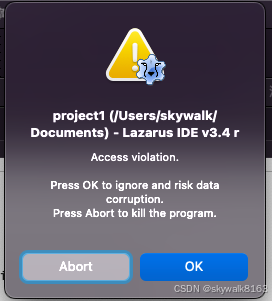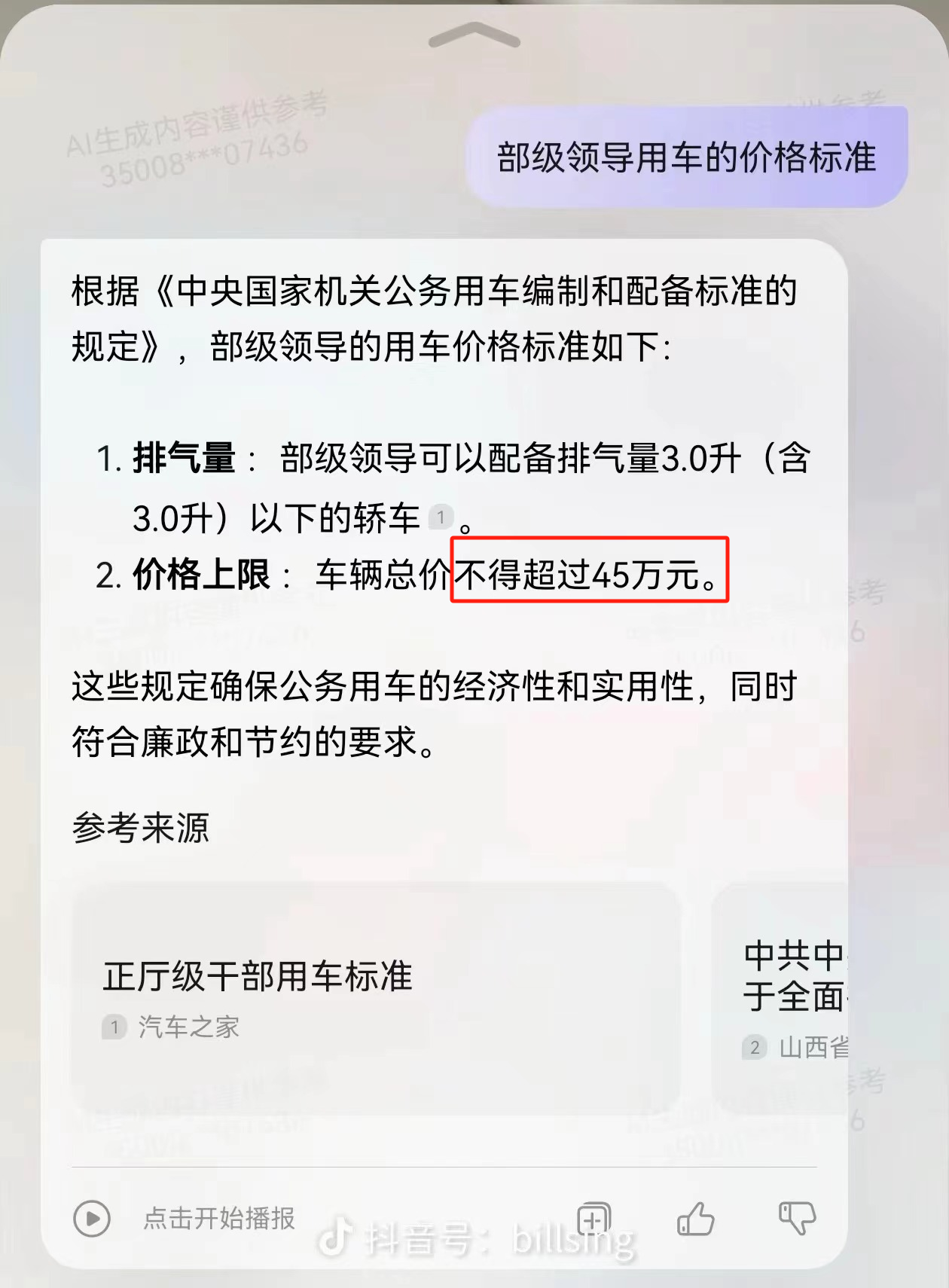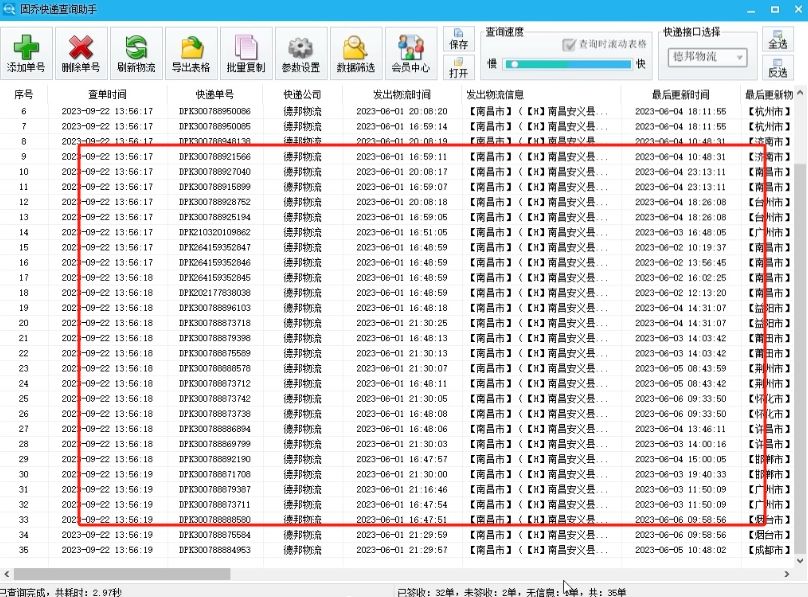案例:自定义数组类
需求:
1,对内置数据及自定义数据类型的数据存储
2,将数组中的数据存储到堆区
3,构造函数中可以存入数组的容量
4,提供对应的拷贝构造函数和=运算符重载防止浅拷贝问题的发生
5,提供尾插法和尾删法对数组中的数据进行增加和删除
6,提供下标的方式访问数组中的元素
7,获取数组中当前元素个数和数组的容量
代码的注释写的很详细了,个人觉得没啥好解释的,认真看看,都能看懂,很经典的案例,值得学习!!!
一、yy_Array.hpp
yy_Array.hpp文件包括:自定义数组类以及类的成员函数、构造函数、析构函数等相应实现
//防止头文件重复包含
#pragma once
#include<iostream>
template<class T>
class yy_Array
{
public:
yy_Array(int capacity)//有参构造函数,传入数组初始的容量
{
std::cout << "有参构造" << std::endl;
this->capacity_ = capacity;
this->size_ = 0; //数组刚开始一个元素都没有
this->p_address_ = new T[this->capacity_];//开辟一块堆区空间,大小为数组的容量
}
//拷贝构造(为例防止堆区带来的浅拷贝问题)
//若属性有在堆区开辟的,一定要用自己的拷贝构造函数,防止系统默认使用浅拷贝带来的问题
//这里需要在堆区开辟数组,故有在堆区开辟的属性,需要使用自己的拷贝构造函数
yy_Array(const yy_Array& arr)
{
std::cout << "拷贝构造" << std::endl;
this->capacity_ = arr.capacity_;
this->size_ = arr.size_;
this->p_address_ = new T[arr.capacity_]; //因为是堆内存,要重新开辟空间,深拷贝
//若数组中本身就有数据,在深拷贝时,也需要拷贝过来
for (int i = 0; i < this->size_; i++)
{
this->p_address_[i] = arr.p_address_[i];
}
}
//赋值运算符重载operator =,也是为了防止浅拷贝问题
yy_Array& operator=(const yy_Array& arr) //返回本身,因为实际系统的赋值运算符支持a=b=c
{
std::cout << "运算符重载operator=" << std::endl;
//先判断原来堆区中是否有数据,若事前有数据,先释放掉
if (this->p_address_ != NULL)
{
delete[] this->p_address_;//释放这个指向数组的指针
this->p_address_ = NULL;//指针置空,防止野指针
this->capacity_ = 0;
this->size_ = 0;
}
//开始进行深拷贝,从堆区开辟内存
this->capacity_ = arr.capacity_;
this->size_ = arr.size_;
this->p_address_ = new T[arr.capacity_]; //因为是堆内存,要重新开辟空间,深拷贝
//若数组中本身就有数据,在深拷贝时,也需要拷贝过来
for (int i = 0; i < this->size_; i++)
{
this->p_address_[i] = arr.p_address_[i];
}
return *this;//返回自身
}
//尾插法
void Push_Back(const T& val)
{
//若容量已经满了,提示再插入
if (this->capacity_ == this->size_)
{
std::cout << "数组已满" << std::endl;
return;
}
else
{
this->p_address_[this->size_] = val;//传入的val插到数组最后一个
this->size_++;//插入一个元素,数组大小要进行更新
}
}
//尾删法
void Pop_Back()//删除操作不需要传参,直接把最后一个元素干掉即可,也就是让用户访问不到即可
{
//要进行尾删法,首先数据中必须有元素
if (this->size_ == 0)
{
std::cout << "数组已为空" << std::endl;
return;
}
else
{
this->size_--;//用户访问不到最后一个元素即可
}
}
//通过小标的方式进行访问数组中的元素
//因为是自己写的模板数组,单纯的a[0]是无法进行访问的,故需要重新对[]运算符进行重载
T& operator[](int index)
{
return this->p_address_[index];
}
//返回数组的容量
int getCapacity()
{
return this->capacity_;
}
//返回数据的大小
int getSize()
{
return this->size_;
}
~yy_Array()//析构函数
{
if (p_address_ != NULL)
{
std::cout << "析构函数" << std::endl;
delete[] this->p_address_;//释放这个指向数组的指针
this->p_address_ = NULL;//指针置空,防止野指针
}
}
private:
T* p_address_; //指针指向堆区开辟的真实数组
int capacity_;//数组的容量,即数组最多存放多少元素
int size_;//数组当前有多少个元素
};
二、array.cpp
主函数入口,分成三个函数(test1()、test2()以及test3())进行不同功能的测试
调试学习时,将主函数中test1()、test2()、test3()挨个取消注释,运行单个测试函数进行学习
#include <iostream>
#include "yy_Array.hpp"
void printIntArr(yy_Array<int>& arr) //打印输出数组内的元素
{
for (int i = 0; i < arr.getSize(); i++)
{
std::cout << arr[i] << std::endl;
}
}
void test1()
{
yy_Array<int>yy_arr_1(5);//测试 有参构造函数 和 析构函数
yy_Array<int>yy_arr_2(yy_arr_1);//测试 拷贝构造函数 和 析构函数
yy_Array<int> yy_arr_3(100);//测试 有参构造 和 析构函数
yy_arr_3 = yy_arr_1;//测试 运算符重载operator= 和 析构函数
}
void test2()
{
yy_Array<int>yy_arr_1(10);//测试 有参构造函数 和 析构函数
//测试尾插法,利用尾插法向数组中插入数据
for (int i = 0; i < 10; i++)
{
yy_arr_1.Push_Back(i);
}
std::cout << "yy_arr_1的元素为:" << std::endl;
printIntArr(yy_arr_1);
//测试数组容量
std::cout << "yy_arr_1的容量为:" << yy_arr_1.getCapacity() << std::endl;
//测试数组大小
std::cout << "yy_arr_1的目前大小为:" << yy_arr_1.getSize() << std::endl;
yy_Array<int>yy_arr_2(yy_arr_1);//测试 拷贝构造函数 和 析构函数
std::cout << "yy_arr_2的元素为:" << std::endl;
printIntArr(yy_arr_2);
//测试数组容量
std::cout << "yy_arr_2的容量为:" << yy_arr_2.getCapacity() << std::endl;
//测试数组大小
std::cout << "yy_arr_2的目前大小为:" << yy_arr_2.getSize() << std::endl;
//测试尾删法
yy_arr_2.Pop_Back();
//测试数组容量
std::cout << "yy_arr_2尾删后的容量为:" << yy_arr_2.getCapacity() << std::endl;
//测试数组大小
std::cout << "yy_arr_2尾删后的目前大小为:" << yy_arr_2.getSize() << std::endl;
}
//测试自定义数据类型
class Beyond
{
public:
Beyond() {};//无参构造函数
Beyond(std::string name, int age)
{
this->name_ = name;
this->age_ = age;
}
std::string name_;
int age_;
};
//输出自定义数据类型
void printBeyondArr(yy_Array<Beyond>& arr)
{
for (int i = 0; i < arr.getSize(); i++)
{
std::cout << "姓名:" << arr[i].name_ << "年龄:" << arr[i].age_ << std::endl;
}
}
void test3()
{
yy_Array<Beyond> arr(5);
Beyond hjj("黄家驹", 31);
Beyond hjq("黄家强", 56);
Beyond hgz("黄贯中", 57);
Beyond ysr("叶世荣", 58);
//将数据通过尾插法插入到数组中
arr.Push_Back(hjj);
arr.Push_Back(hjq);
arr.Push_Back(hgz);
arr.Push_Back(ysr);
//输出数组数据
printBeyondArr(arr);
//测试数组容量
std::cout << "arr的容量为:" << arr.getCapacity() << std::endl;
//测试数组大小
std::cout << "arr的目前大小为:" << arr.getSize() << std::endl;
}
int main(int argc, char* argv[])
{
test1();
test2();
test3();
return 0;
}
三、测试结果




















